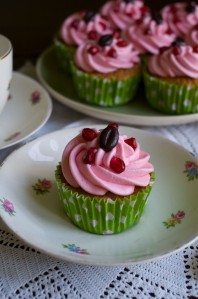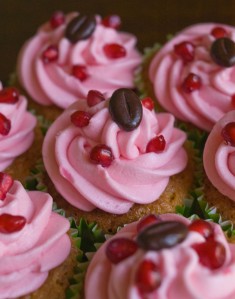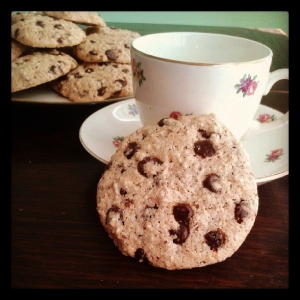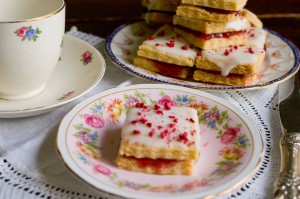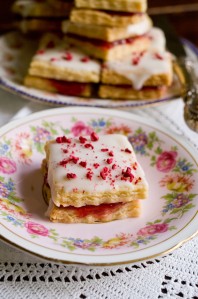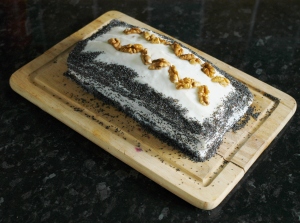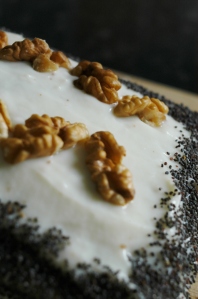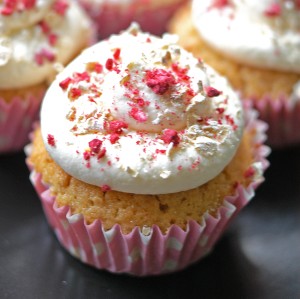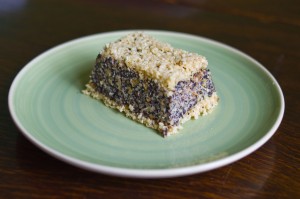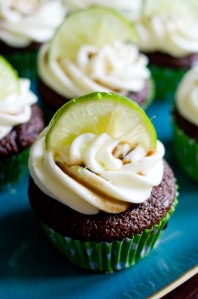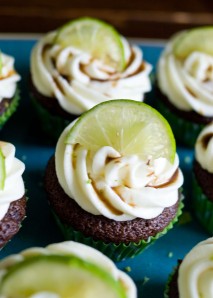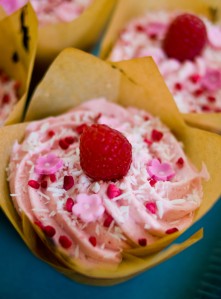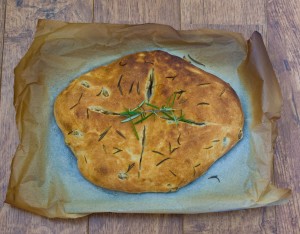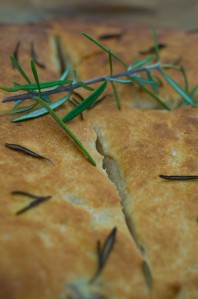The Middle Ages (specifically in England) was a milestone in the development of cake as a specific baked good, as this was the first time that cake and bread became two distinct forms. As discussed previously, the two terms used to be used pretty much indiscriminately, the only differentiation being size. This all changed during this period – now the term cake was used specifically to denote a baked good sweetened with sugar.
A crucial factor in baking of this time was preservation – without the methods of food preservation that we are used to today, foods needed to be able to be stored for a significant period of time. With this in mind, the two cakes that came to the fore were gingerbread and fruitcake. The Roman influence was evident in the importance of fruitcake, which had its roots in the sweetened, fruited bread mentioned last week. These cakes served two purposes – not only were they made to last for several months, they also included ingredients which would mark out the eaters of being wealthy people able to afford such ingredients.
During this period, the function of cake also developed, and it became the main celebratory dish of the period. Cakes became very ornate and elaborate, Chaucer remarking that one cake included 13 kilograms of flour, not to mention copious amounts of of fruit, cream, nuts, sugar and butter – all very expensive ingredients that really marked the owner out as a well-off member of society.
The recipe that follows in an authentic recipe for gingerbread, taken from here.
Gyngerbrede
Ingredients:
- 1 cup clear honey
- 1 small loaf of brown bread, ground into breadcrumbs
- 3/4 tsp cinnamon
- 1/4 tsp black pepper, ground
- 1/4 tsp ginger
- ground cinnamon, to finish
Instructions:
In a small pan, bring the honey to the boil before reducing the heat and allowing to simmer for 5 minutes, ensuring that you skim off any scum that may float to the top. Remove from the heat and add the spices, before mixing in the breadcrumbs a cup at a time.Knead the mixture until thoroughly combined and roll out to a depth of 1cm. Cut into 1in squares or circles and dust with the remaining cinnamon.



